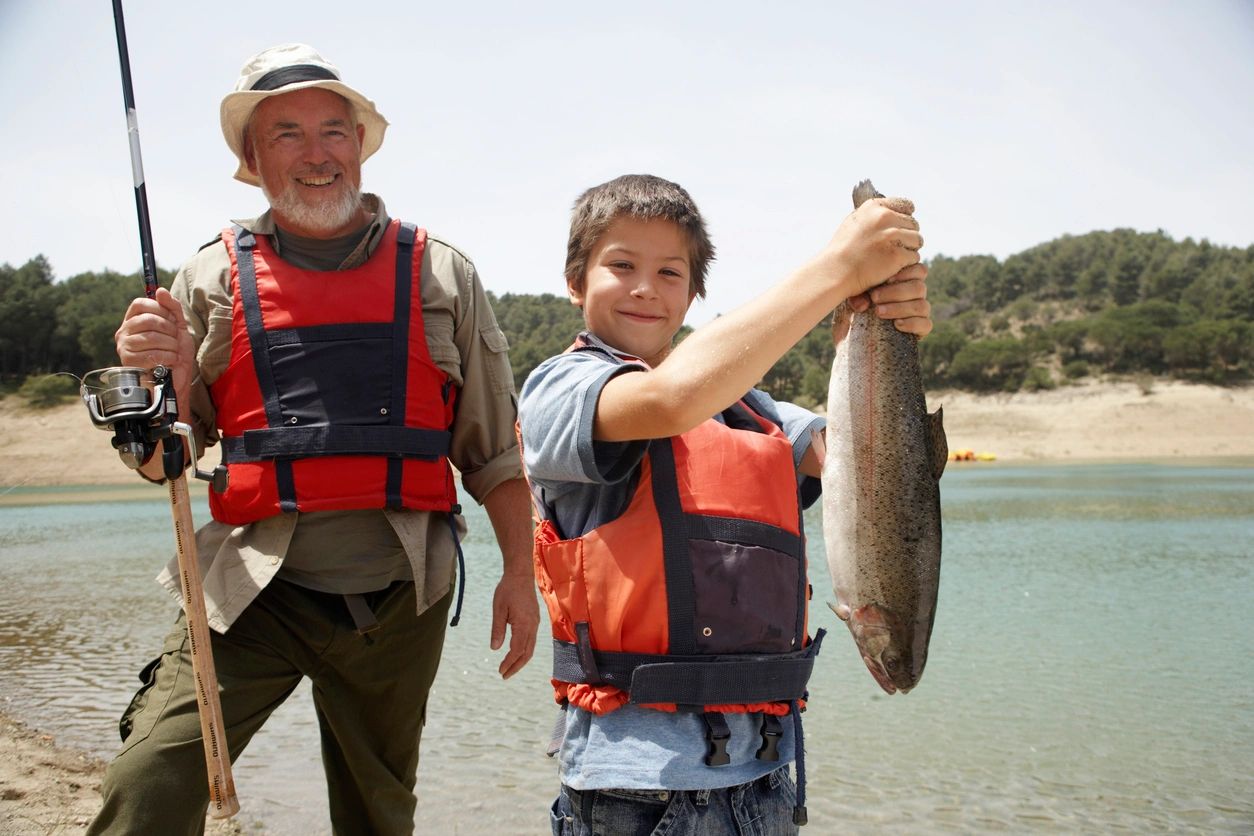Fishing for bass in West Virginia’s large rivers can be a feast-or-famine proposition.
There are times when bass seem to be everywhere, and there are times when they seem to be absent. Biologists say it’s because rivers change from year to year, season to season, and even from day to day.
“It’s not uncommon for us to experience years when the fishing is down, and other years when the fishing improves,” said Dave Wellman, a district fisheries biologist for the state Division of Natural Resources. “Whether that’s due to a lack of bass reproduction or just poor fishing conditions is something we need to determine.”
Wellman said high flows during the spring, when bass spawn, can have an affect on spawning success and reproduction. Fishing in high, muddy water, or in water that’s unusually low and clear, often affect angler success.
DNR officials want to take a closer look at which of those variables affect fishing the most. To do that, they’ve asked Alex Benecke, a West Virginia University graduate student, to analyze decades’ worth of data from bass tournaments held on the Ohio, Kanawha and Monongahela rivers.
“Alex and his adviser, Dr. Kyle Hartman, are comparing angler catch rates against historical river flows, ambient air temperature and water temperature,” Wellman explained. “They want to see how those variables relate to high or low angler success in tournaments.”
Histories of river flows and weather conditions are available from the U.S. Geological Survey and the National Weather Service. Information about bass-tournament results will come from the DNR, which has kept detailed records since 1975.
“Tournament organizers are required to provide us with their catch data, the number of anglers, and the number of hours fished,” Wellman said. “What we do with that information is to look at the number of fish 12 inches or larger caught in each tournament, and the number of angler-hours involved. It gives us trends we can monitor over time.”
The study won’t focus on lakes and reservoirs because conditions on impoundments tend to be much more stable.
“Tournament success rates on rivers are pretty volatile,” Wellman said. “They fluctuate wildly. By looking back, we might be able to explain years when anglers had poor fishing or especially good fishing based on river discharges.”
At the same time as the tournament-history study is taking place, biologists also will conduct population and genetic surveys to determine how many bass the rivers have, and exactly how many strains of bass are present.
“We will combine the results of the two projects and determine which actions, if any, we might be able to take to improve bass management on our rivers,” Wellman said.
“Some of the possibilities might include length limits, creel limits, and possibly even stocking some bass during years when we think high flows might harm successful reproduction.
“Or, we may determine that those river systems are so large and complex that the preferred action will be to carry on as-is because we can’t really have an influence on them.”
Changes, if any, are probably years down the road. In the meantime, DNR officials expect the number of fishing tournaments to continue to expand.
“When we started collecting data in 1975, we totaled about 15,000 hours of fishing for all the tournaments held that year,” Wellman said. “There are a lot more tournaments now than there were then. In 2020, we had 115,000 hours of tournament fishing.”
Had 2020 not been affected by the coronavirus pandemic, the total would have been much higher. Wellman said that of the 863 tournaments registered, only 511 were conducted.
Out of that total, 466 were bass tournaments, 24 were muskie tournaments, 20 were catfish tournaments, and the rest were for other species.
In terms of angler hours, bass tournaments accounted for more than 100,000 of the 115,000-hour total. Catfish tournaments logged 11,000 hours, and muskie tournaments 4,000.
Those totals have the potential to rise this year. Wellman said 580 tournaments have been registered for 2021. Of those, 487 are bass tournaments.
The results of those bass tournaments, or at least those held on the Ohio, Kanawha and Monongahela, will factor into the data WVU researchers analyze for the study. Some day in the future, those data might help tournament organizers plan events that yield more consistent results than those in bygone years.
Reach John McCoy at [email protected], 304-348-1231, or follow @GazMailOutdoors on Twitter.
URL:


